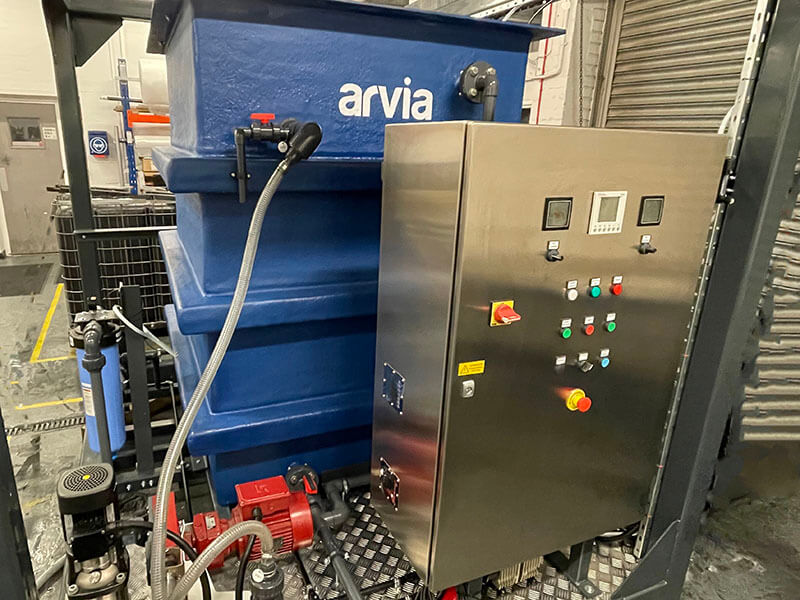Minding the Gap on Water Availability
We discuss how tackling micropollutants can improve water availability globally at a water technology event in London.
We discuss how tackling micropollutants can improve water availability globally at a water technology event in London.

Wherever stricter regulation is introduced, the aim is to clean up the environment and reduce the pain and pressure on the utilities. Arvia’s Nyex technology is one of very few tertiary treatments that can successfully remove trace level recalcitrant organic compounds so successfully.
Treating and removing contaminants at source, before they enter the water cycle, is a major goal and the the use of drones and satellites was discussed at the Water-Tech roundtable. A UK utility’s upstream catchment management programme is tracking the origins of diffuse pollution using satellite data analysis across watercourses. Satellites are also being used in the US to target individual plants with pesticides to avoid the overuse of chemicals in agriculture that results in polluted run-off.
The pain points for managing diffuse pollution are, unsurprisingly, cost, efficiency and effectiveness and as one delegate described, researchers at a UK utility trialling membrane technology to remove contaminants are finding it effective, but the expense and the carbon footprint might also prove prohibitive.
Tackling diffuse pollution and closing the gap on supply and demand on freshwater is a rapidly evolving area. We know that there is no silver bullet solution and industry specific treatment is required.